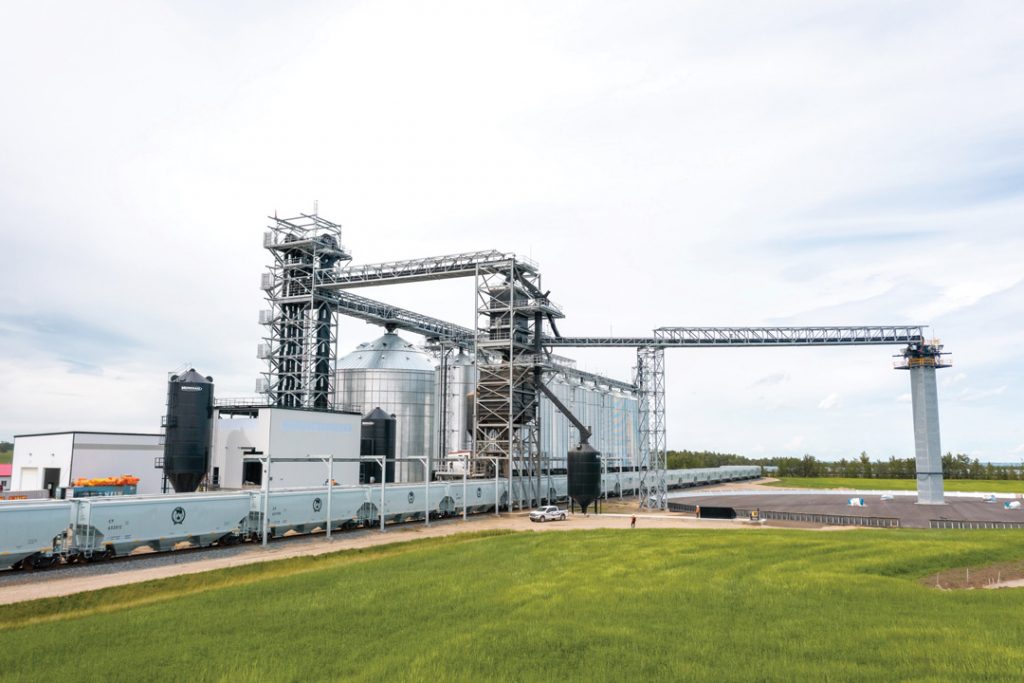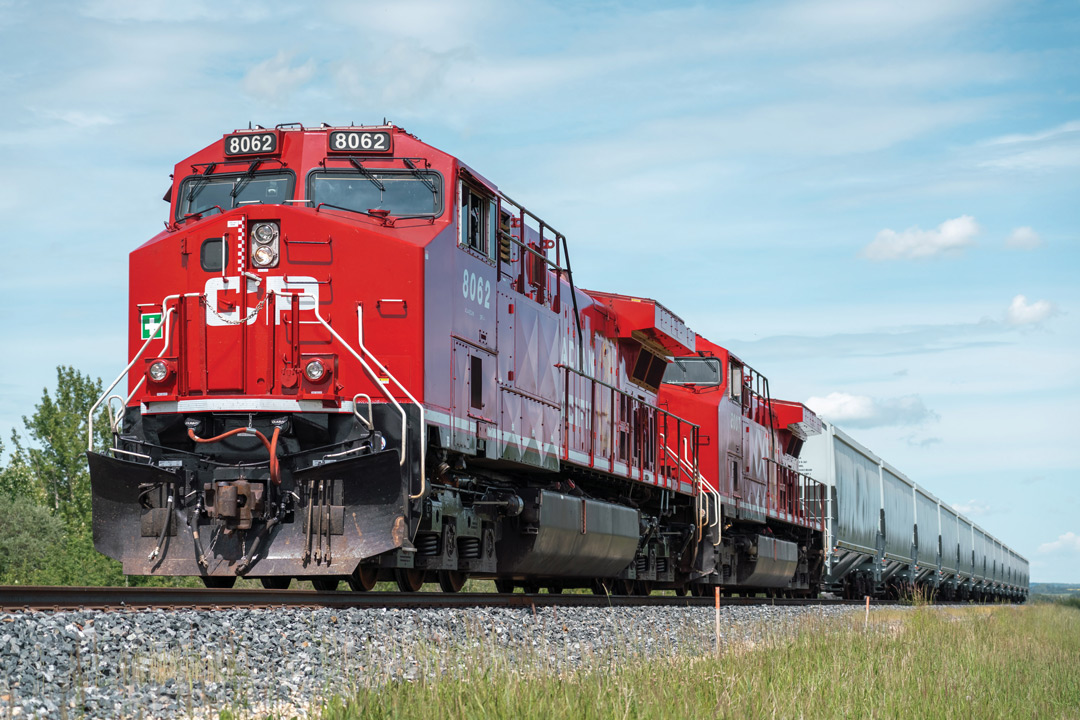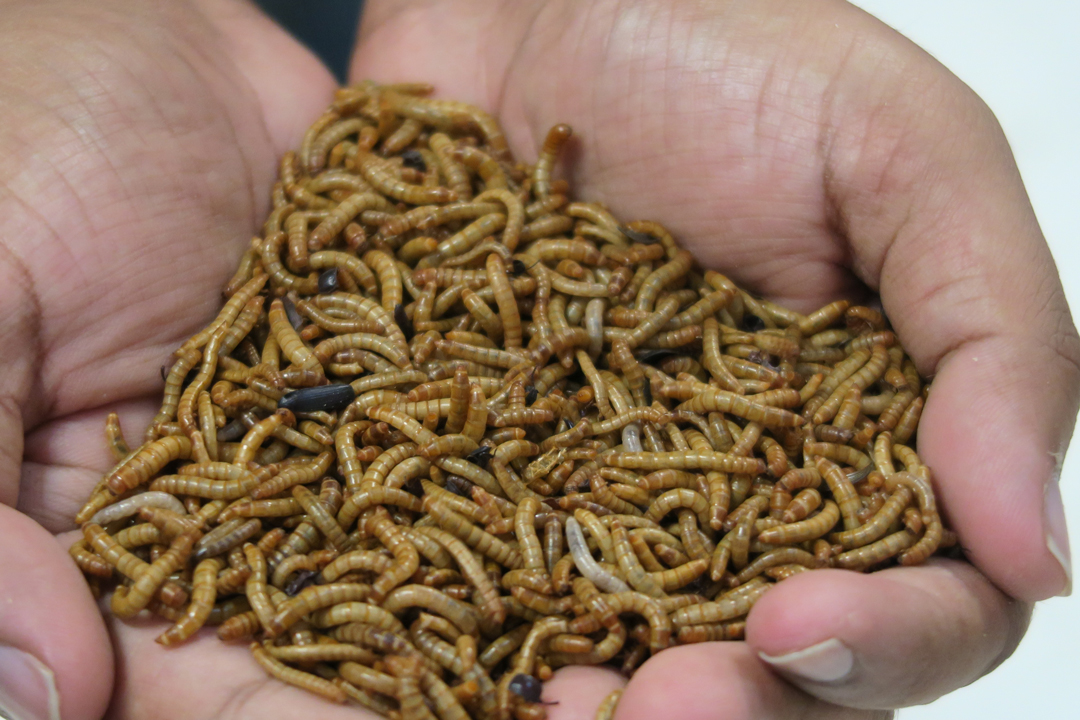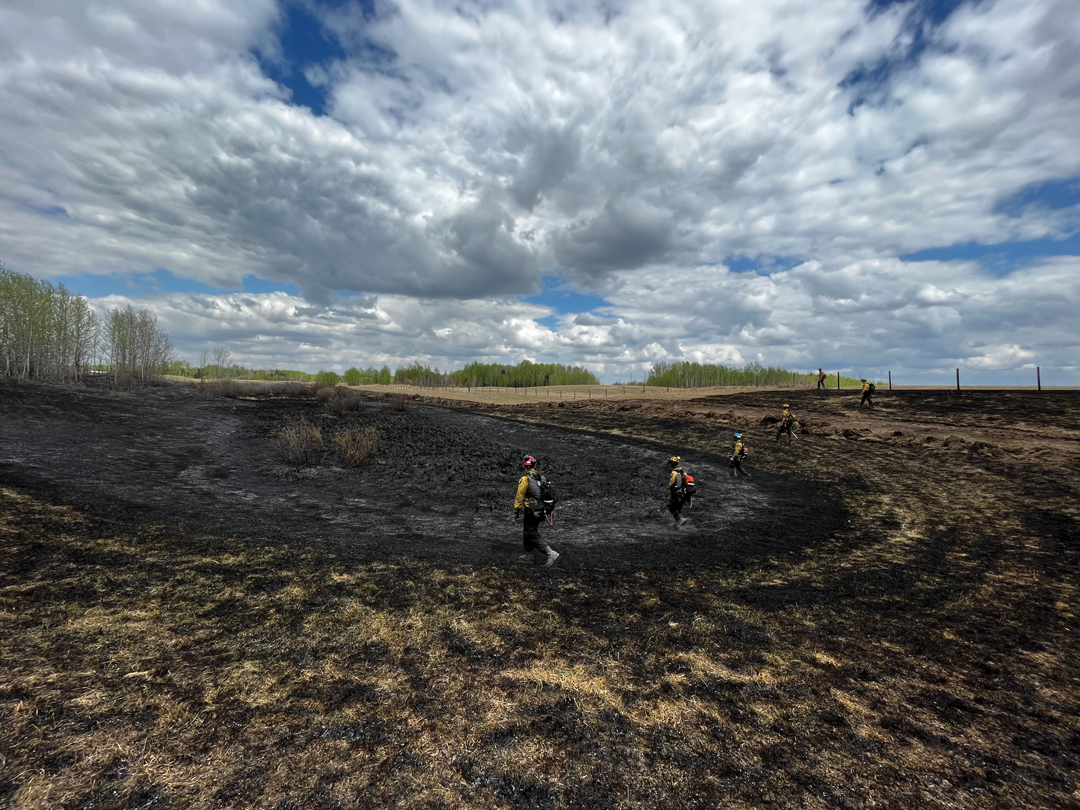RIGHT ON TRACK
BY GEOFF GEDDES • PHOTO COURTESY OF CANADIAN PACIFIC RAILWAY
As Canada’s two national rail companies—Canadian Pacific Railway (CP) and Canadian National Railway (CN)—competed to purchase American rail line Kansas City Southern (KCS), Canada’s agriculture sector stood to benefit from the deal.
In spite of its stature as America’s smallest Class 1 railway, KCS has long attracted the interest of CN, CP and other would-be buyers. “The battle to purchase KCS seemed to change daily,” said Mark Hemmes, president of Quorum Corporation. Headquartered in Edmonton, the independent organization monitors the Prairie grain handling and transport system for the federal government. “In the grand scheme of things, I’m not sure it mattered which railway got it, as the advantages to Canadian shippers are the same either way,” said Hemmes.
DOWN THE LINE
KCS routing opens new markets for Canadian farmers in the southern U.S. These include Missouri, Oklahoma, Texas, Louisiana, Mississippi and Alabama. It also allows direct access to central Mexico, Mexico City and the southern ports of Lazaro Cardenas on the Pacific coast and Tampico and Veracruz on the Gulf of Mexico.
“A lot of Canadian grain is shipped to Mexico, but the vast majority goes by water rather than rail,” said Hemmes. “It must then be transloaded [transferred from one mode of transportation to another] and carried into the central part of Mexico at extra cost. By avoiding the dual expenses of transloading and interchanging [the process by which rail companies convey their competitors’ freight over their own lines], acquiring KCS could make some of those markets much more accessible.”
The rail option could also become more attractive in the wake of rising freighter prices. “The cost of ocean freight has been rising steadily through 2021,” said Geoff Backman, manager, business development and markets for the Alberta Wheat and Barley Commissions. “Sometimes that trend makes rail a cheaper alternative, most recently in 2007/08 when there was a scramble to arrange rail service. Having an alternative route for Canadian grain into Mexico could really help us maintain a competitive price in the region.”
For shipments by rail, the interchange process slows movement and increases expense. Their elimination is of significant value to shippers. This applies to grain as well as fertilizer, chemical products and manufactured items.
“From a grain perspective, interchanging can be a difficult procedure and sometimes raise concerns over quality of service and delays in delivery,” said Backman. “A single carrier route could aid in alleviating those concerns.”
This potential upside for a lone carrier was not lost on the two Canadian bidders for KCS, and largely explained their eagerness to own the U.S. line. “With regard to markets in the southern U.S. and Mexico, the existing scenario requires one or more interchanges between railways, which adds significant cost to the rail freight rate,” said Hemmes. “If the routing is a single railway, this will reduce the rail rate and make some of those markets more competitive and accessible.”
Nonetheless, Hemmes stressed the creation of a single rail line from north to south will have limited impact on Canadian cereals export as shipment to the Port of Vancouver will remain the most cost-effective option. He grants there may be exceptions. Further to Backman’s point about the increase in ocean freight rates, continued cost increases could strengthen the rationale for more movement of products by rail into Mexico City. With the transport and transloading costs for products that now move by ocean vessel to Mexican ports being avoided, the rail option becomes more attractive.
“In this case, the equation becomes a bit more complex, and the rail movement would not represent a significant volume,” said Hemmes. “Adding KCS to the mix won’t impact that traffic to a great extent. Despite the fact grain prices are rising, they aren’t going up enough to warrant doubling or tripling the length of the haul to a port position.” The average haul to Vancouver is 1,450 kilometres, whereas the trip to the Texas Gulf Coast is a 3,220-kilometre jaunt. The additional distance doubles the rail cost to move shipments. Hemmes believes grain companies will not be eager to increase their logistics costs to load grain for southerly destinations.
“If wheat is $300 per tonne right now, you are probably spending between $50 and $60 per tonne getting it to port,” said Hemmes. “If you suddenly have to spend $70 or $80 per tonne because you want to move through the Texas Gulf Coast, that extra $20 bucks is coming out of your pocket, and who wants that? As well, going with the Texas option is not the most efficient use of railway equipment. You can usually turn around a hopper car from B.C. in about 18 days now, and sometimes as little as 12. Could they do the same thing going through the Texas Gulf Coast? The answer is a resounding ‘no,’ so Vancouver will always be the more efficient port for grain.”
Also of concern to farmers is the potential impact oil traffic on the newly established north-south line may have on Canadian grain transportation. He said it remains unclear how the loss of the Keystone XL pipeline will play out on cross-border shipment. In the pipeline’s absence, however, the added north-south line would offer a viable alternative for shipping oil by rail, especially when it becomes a direct trip without an interchange. The result should be good news for the oil sector that would not come at the expense of grain sellers. “I don’t think oil movement will be especially impactful to the movement of grain,” said Hemmes.
CRUSHING ON CANOLA
There may also be good news for the Canadian canola sector in a KCS takeover. Canola industry leaders watched the merger battle with great interest as they pondered the implications for farmers.
“Overall, adding KCS should increase the capacity for engine power by combining their fleet with that of CP,” said Ward Toma, general manager of Alberta Canola Producers Commission. Canola oil, meal and seed destined for Mexico now tend to go via freighter through the Port of Vancouver and down the coast.
“If the KCS deal means rail customers can move product directly to Mexico through Western Canada, it might relieve some capacity constraints, especially for canola oil and meal,” said Toma. “Mexico is one of our largest customers, and they have a limited number of canola crushers, so this would improve their ability to buy finished product from us cheaply. In turn, that will increase the competitiveness of Canadian canola meal and oil in the Mexican marketplace.”
Canola crushing capacity is set to increase in Saskatchewan, with Ceres Global Ag soon to build a plant near Estevan, SK. As well, both Cargill and Viterra have announced similar plans for Regina, SK. “The new plants might shift the focus for canola growers from grain to meal and oil,” said Toma. “If meal and oil are moving into value-added markets in North America that line to Mexico will really help access additional markets in the United States.”
One concern around the merger is the prospect of collateral damage as one railway absorbs another. “From a shipper’s perspective, I am hearing from some worried companies that fear they will be consumed by the integration,” said Hemmes.
He also noted problems can occur when two such sizable operations combine. While the focus shifts to making the integration work, this draws attention away from the operation of an effective business enterprise. “I believe there is some legitimacy to those concerns, as we saw some service disruptions when CN took over Wisconsin Central Railway and BC Rail,” said Hemmes. “In any case like this, it takes time to get your feet back on the ground.”

THE BIG DEAL
As the fight for KCS evolved, even industry experts were reluctant to predict its outcome. CP maintained it would create a secondary contiguous network, whereas an existing CN line runs parallel to KCS in some areas. As a result, the CP offer may have been viewed as having less negative impact on competition.
“For its part, CP contended that, given the large distance between its line and KCS, there would be little or no effect on the competitive nature of the rail industry,” said Hemmes. To access U.S. markets, CP crosses the border at Emerson, MB, and Portal, SK, while CN crosses at Emerson and Fort Francis, ON. Both continue on to Chicago where CP runs to Kansas City and CN to Memphis, TN and beyond. The CN and KCS lines run roughly parallel from Springfield, IL to New Orleans, and this was the contentious part of the CN proposal.
CN had also pledged to take other measures to avoid upset in the competitive environment that might be objected to by the U.S. Surface Transportation Board (STB). “I think CP felt there was a fairly good chance that the STB wouldn’t allow CN to take over KCS, so CP didn’t have to offer as much per share as CN,” said Hemmes. “There was a lot of ego and some gamesmanship in that position, as well as risk-taking on CP’s part.”
Both Canadian railways lobbied hard, submitted numerous letters to the STB and asked shippers to lend support to their respective positions. “I haven’t seen anything like this in the rail industry since the merger of Burlington Northern and Santa Fe Pacific Corporation in 1995,” said Hemmes. “The sheer scale of the proposals made it very interesting, as this may be the last of the major mergers in this business. Over the decades, we have gone from 20 or so railways in North America down to six, and now trying to make it five. I imagine both the American and Canadian governments will say, ‘No more.’”
After a number of twists and turns, the takeover battle concluded. On Sept. 15, CP announced a deal had been reached to acquire KCS for approximately US$31 billion. This includes the assumption of US$8.5 billion in KCS debt. It is the largest railway merger in North American history, with the creation of a corporate rail network that stretches 30,900 kilometres across Canada, Mexico and the U.S.
In a CP press release, president and CEO Keith Creel called the deal a “once-in-a-lifetime partnership,” and KCS president and CEO Patrick J. Ottensmeyer said it will allow KCS to be part of “a growing and truly North American continental enterprise.”
Once the STB approves the deal, Creel will become CEO of the combined company, which will be named Canadian Pacific Kansas City, and referred to by the acronym CPKC. Its global headquarters will be located in Calgary, while its U.S. head office will be in Kansas City, Miss. Dual Mexican head offices will be located in Mexico City and Monterrey.
The CP statement noted the combined rail company will offer “new single-line routes allowing the efficient flow of agricultural products from CP’s origin-rich franchise to [KCS’s] destination-rich franchise, generating new optionality for shippers and receivers.” In other words, the line will improve the marketing possibilities for Canadian farm products.
“Overall, CP’s successful bid shouldn’t change anything significantly compared to a CN victory,” said Hemmes. “Historically though, CP has had a larger share of the cereal traffic destined for the U.S., and this should bolster that position.”
As CP basks in its victory, it appears Canadian agriculture has likewise won out. Farmers hope this soon-to-be-done deal is also the gift that keeps on giving. “For the farmers who grow the grains, and the consumers of the U.S. and Mexico who rely on a steady supply from Canada, who holds KCS at the end of the day is irrelevant,” said Backman. “The next challenge is to implement the merger without disruption. What is important now is that the rail dependent trade, including both grains and other goods, must continue to flow.”







Comments